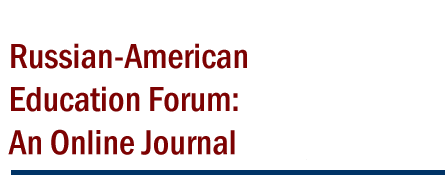
“Tough” questions of higher education in Russia
Currently, the transformation of higher education is a subject of cross-disciplinary and cross-sectorial discussions. For all the advantages of this approach there are at least three complications. The first one is “availability” of an issue. Discussion of “how to cure,” “how to govern a state,” and “how to teach” falls within everybody’s competence, reducing conversations about the situation in higher education to its public aspects, without reflecting on deeper causes and the demarcation of economic, political, psycho-educational, and management processes. Consequently, the results of such discussions are barely constructive.
The second complication represents a slight redundancy of an issue. During the last few decades, a crisis in education in general, and higher education in particular, has been one of the most popular debated subjects (Ph. Coombs). Since 1992 the perspectives of higher education in a new social environment have been discussed in Russia. “Higher Education in Russia” (together with about 50 other journals, having higher professional education issues under consideration) is the most quoted journal in Russia in the section entitled “Education and Pedagogy” according to the Russian Science Citation Index. Sometimes, reports on problems in higher education focus on only local issues, and thus bring no proper contribution to their national readers.
Main Orientations, Terms and Conditions for Initiating Universities’ Participation in Partnership Network Communities1
Intensification of all spheres of public education is the key priority for the current Russian society and state. To solve this strategic task, the so-called “register” of external requirements, which are imposed by the relevant ministry (further on we will use the term ‘an administrative regulator’) to higher educational establishments at the national level, was composed. These requirements include various external (in regard to higher educational establishments) regulations, monitoring the quality of their work through the prism of rather strict criteria of conformity. While analyzing these criteria one can easily notice that many of them, directly or indirectly, touch upon different aspects of social and network activities of higher educational establishments. For example, joint research projects with foreign scientists, various international symposia, conferences, summer and winter scientific schools, joint educational programs’ implementation, student and academic mobility, etc.
The network activity is not only part and parcel of the modern university, but also a criterion of its success. Academic exchange, internship and dual diplomas’ programs, as well as the creation and expansion of consortiums for large-scale research projects, which can join universities’ schools of thought, research centers, institutions and separate laboratories, represent the incomplete list of interactions performed on the networking principle. In this regard there came an urgent need for understanding the nature of universities’ network interactions and search for the most effective models of their network cooperation.





